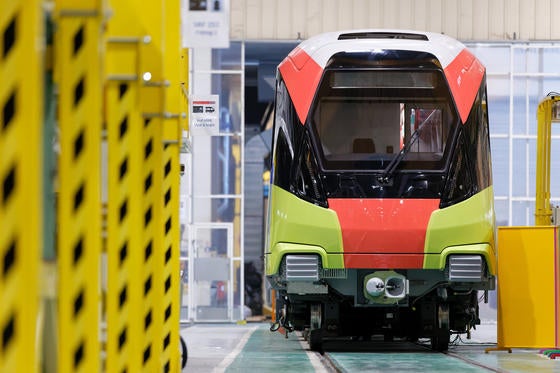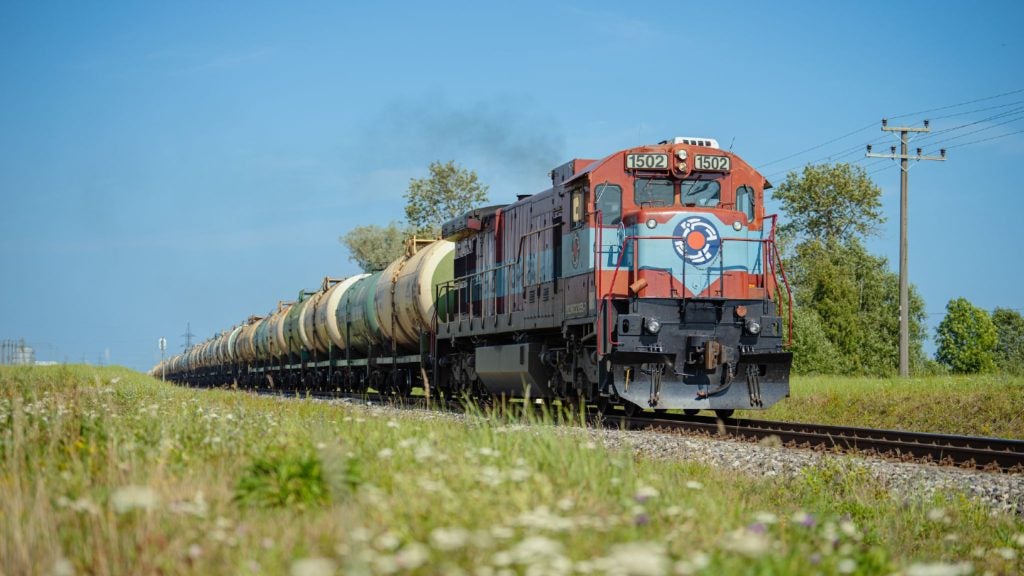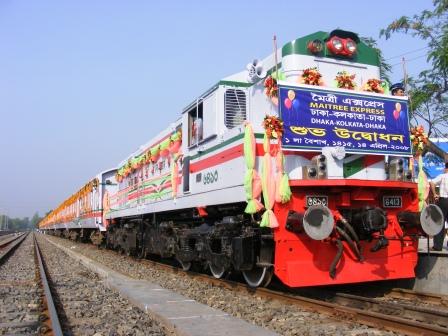Eight new rail projects have been given the go-ahead by a key government committee in India, overseen by contentious but recently returned Prime Minister Narendra Modi.
According to Indian Railways, the country’s national rail provider and infrastructure management organisation, 900km and 64 stations will be added to the national network.
The eight approved lines:
Gunupur - Therubali (73.6km)
Junagadh - Nabarangpur (116.2km)
Badampahar - Kendujhargarh (82.1km)
Bangriposi - Gorumahisani (85.6km)
Malkangiri - Pandurangpuram (via Bhadrachalam) (173.6km)
Buramara - Chakulia (60km)
Jalna - Jalgaon (174km)
Vikramshila - Katareah (26.2km).
The ambitious timetable for the construction of the eight lines has the projects completing in just six years, by 2030.
Nearly $3bn has been allocated to the projects by Modi’s government.
Along with passenger transport, which will always be a significant consideration in a nation with more than 1bn citizens, the lines are designed to build stronger logistics connections to rural areas and build India’s freight network to “streamline” commodity transport and export.
India's Ministry of Railways said the works would add capacity for 143 million tonnes per annum of freight.
While some of the new lines traverse a single state, such as Badampahar to Kendujhargarh, one of four projects entirely within Odisha, others will connect states and regions with less existing infrastructure.
The Buramara to Chakulia line, while only 60km long, will serve communities and businesses in Odisha, Jharkhand and West Bengal in Eastern India.
The second longest new line, from Malkangiri to Pandurangpuram, traverses Odisha, Andhra Pradesh and Telangana.
But the longest new development, between Jalna and Jalgaon, remains entirely within Maharastra. It’s hoped this line in particular will boost regional tourism, according to the Ministry’s social media campaign.
Like many recent extensions or developments on India’s rail network, PM Modi has been keen to place himself at the centre of the employment-driving projects.
Modi’s face was prominent on much of the material shared by the Indian government.












